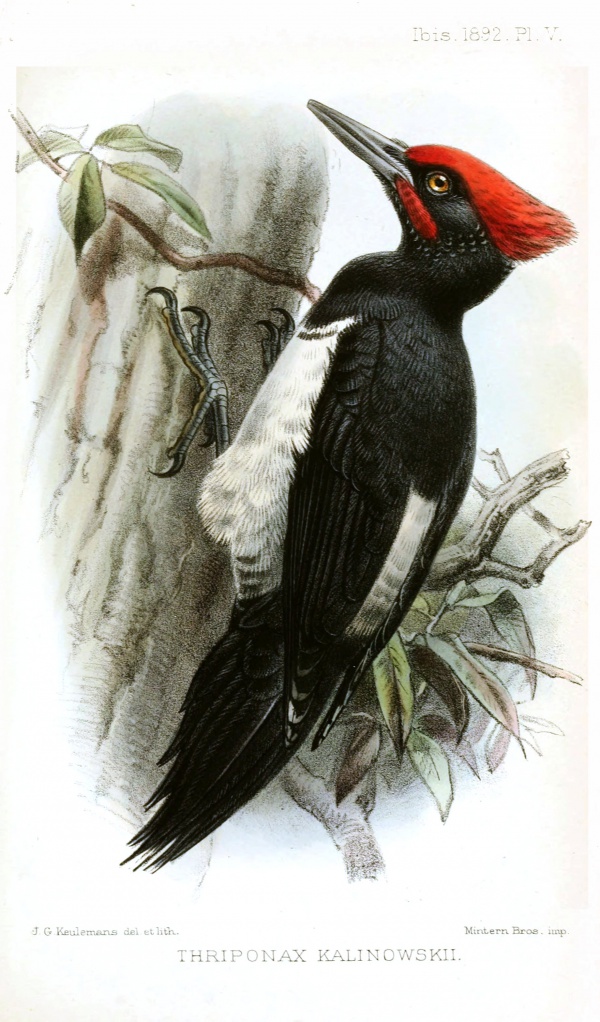Facts About Tristram's woodpecker
Tristram's woodpecker, a striking subspecies of the white-bellied woodpecker, is native to Korea. Discovered by Henry Baker Tristram in 1879, it stands out as one of the largest woodpeckers, measuring an impressive 46 cm in length. Its distinctive features include a vivid crimson red tuft and cheek patches, complemented by black upper parts and white underparts.
These woodpeckers have specific habitat preferences, favoring dense mountain forests above 1,000 meters as well as urban areas populated with chestnut, oak, poplar, and elm trees. For nesting, they select the hollow trunks of dead trees, and their diet primarily consists of insects found within the bark.
The breeding season for Tristram's woodpecker spans from April to May, during which the female lays three to four eggs. Unfortunately, this magnificent bird faces several threats. Historically, it suffered from extensive hunting and collection for museum displays. In recent times, deforestation has significantly affected its habitat, leading to a dramatic decline in population. By 1989, they had completely disappeared from South Korea.
Presently, Tristram's woodpecker is only found in North Korea, with an estimated population of fewer than 50 birds in certain provinces. It has been designated a National Monument in North Korea and is also listed under Appendix I of CITES for protection. In a poignant development, South Korean authorities declared the bird extinct in their region in July 2017. Thus, North Korea remains the final sanctuary for this endangered woodpecker.

 North Korea
North Korea